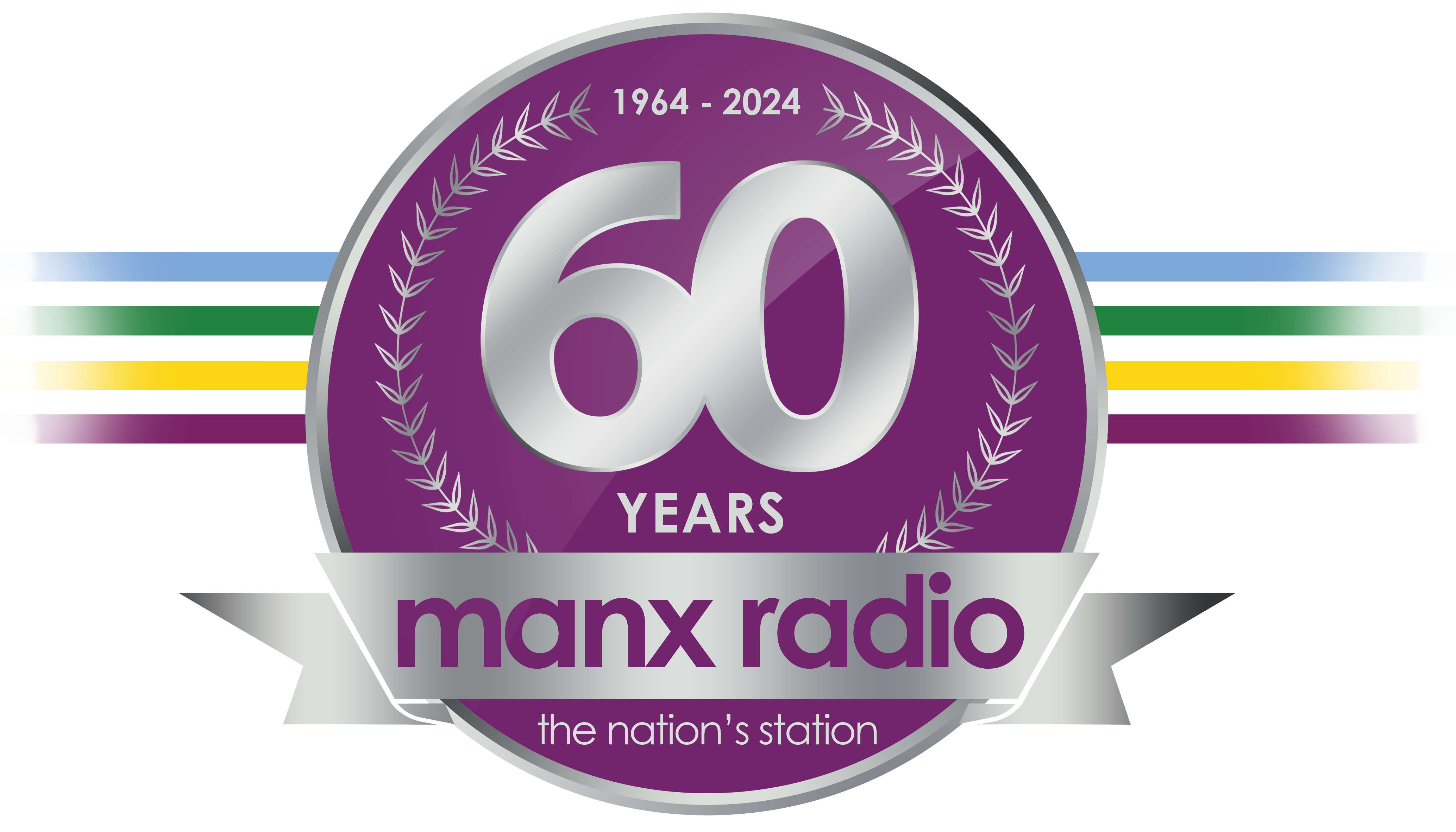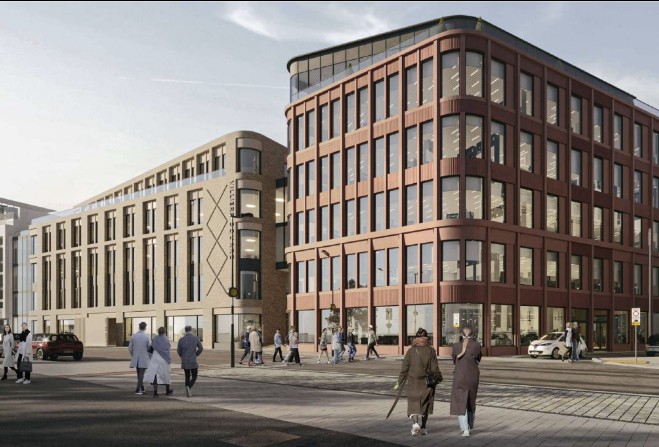
Survey results under the microscope
The 2016 Census results show the first fall in the Isle of Man population for 30 years. The figure now stands at 83,314, a decrease of 1,184 residents (1.4%) since 2011.
The Manx government has set its sights on an expanding population to deliver economic growth. That has so far proved a mirage.
Two questions now beg an answer: is this a trend or a blip? A crisis or an anomaly?
The Cabinet Office has released the figures almost a year after the census was carried out in late April 2016.
By then, politicians had adopted the mantra that population increase was desirable socially and vital economically.
A larger working population spending their salaries on local goods and services would stir the economic pot, while their taxes would boost Treasury coffers, funding public services and care for the elderly.
Results from the census however, offer a starkly different scenario.
A shrinking population
Not only is the overall population in decline - the result of net emigration and a falling birth rate - but young people are leaving in droves and the elderly population is growing.
Those factors will influence the way society evolves and what it can offer - from education and careers to housing and nightlife.
The Island's economically active population fell by almost 2,000.
It is difficult to pin down why. Migration of young people from rural to metropolitan areas is observed around the British Isles and beyond, and is a global trend we can do little to halt.
But the cost of living, difficulty in gaining a foothold on the housing ladder, high rents in the private sector and a decline in employment prospects in so-called 'entry level' jobs are among other factors.
Exodus of young adults
The emigration of people in their 20's presents a potentially alarming scenario.
Inward migration among the 20-24 year old cohort at 331 is dwarfed by outward migration of 1,017 individuals since 2011.
If this was to continue, consolidation looms. Fewer people, less provision and ultimately, less choice. It is conceivable schools and nurseries could close.
Elderly demograph changing apace
The Island's elderly demograph is changing too. The over-65 population now makes up 21% of the resident total, compared to 18% in 2011.
There is clear evidence life spans are growing fast. The number aged 95 has risen from 140 to 213 in five years, with more than twice the number of women than men in the 'super elderly' bracket.
An undeniable success story. But one which leaves no doubt as to where greater health and social care resources will be needed in future.
One fifth of us are continuing to work in what have traditionally been the early years of retirement; 20% of 65-69 year olds remain in employment.
Ebb and flow of sectors
The census offers multiple views of the working population.
Looked at by economic sector, there has been a substantial rise to just under 5000, in the number employed in medical and health services.
ICT and eGaming has more than doubled its workforce in five years, and through another prism, is shown pulling in a significant proportion of new residents.
Construction and the 'miscellaneous services' categories have also added employees. Manufacturing, construction and the transport and communication sectors are among those to see employee numbers fall.
Changing nature of jobs
Drilling down, the census shows the nature of jobs undertaken is changing.
Almost 6000 people are employed in the most senior company positions - directors, managers and senior officials - a rise of more than 1000.
Those in professional occupations - scientists, engineers, doctors and teachers - is also growing. More than 7,800 are in this category, which has expanded by 1200 over five years.
Those figures stand out against an acute drop of more than 1500 jobs in the 'associate professions and technical occupations' category, which embraces roles from police officer and pilot to data analyst and trainer.
Crucially, this is where those in their 20's might expect to find work, and confirms a correlation between emigration and a hollowing-out of career opportunities.
Tough challenge for government
There is plenty to get to grips with for those who devour numbers and enjoy data crunching.
For government, designing policies to address the challenges presented by those figures will be paramount.
The 2017-18 Manx Budget forecasts economic growth driving a 3% expansion in income tax revenues.
A five year government plan sets out initiatives to make that happen, ranging from relocation incentives and planning reform to an overhaul of pensions and benefits.
There is evidence from GP lists that since the census was taken, the population has grown by around 200, and this in part explains the income tax revenue surplus in 2016-17 reported in the last budget.
The census results pose a complex test for Howard Quayle's government, but a solid baseline of data is now available to guide and shape policy.
This may be a pivotal moment for the Island, pressing the need to accept current reality - and square up to it.
You can read the 2016 Census at www.gov.im/census


 Disruption at Ronaldsway airport following incident with light aircraft
Disruption at Ronaldsway airport following incident with light aircraft
 Hopes for better working relationship between government and hospitality sector
Hopes for better working relationship between government and hospitality sector
 'A lot of work to do' on low income housing
'A lot of work to do' on low income housing
 Public servants killed in the line of duty eligible for new award
Public servants killed in the line of duty eligible for new award
 Multi-million pound Villiers development recommended for approval
Multi-million pound Villiers development recommended for approval
 Rosalind Ranson row draws to a close
Rosalind Ranson row draws to a close
